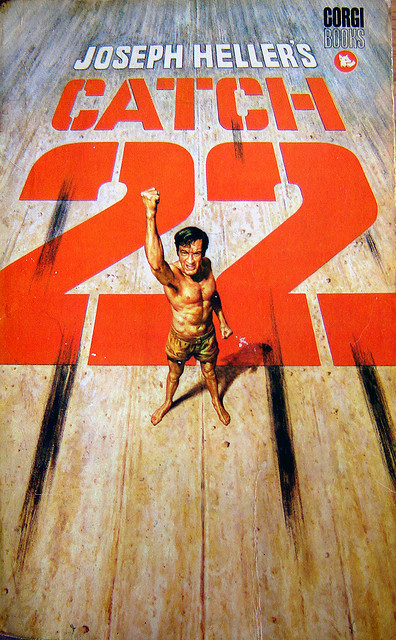“A man who aspires to rise above the mediocre, to be something more than the ordinary, surely deserves admiration, even if he fails and loses a fortune on account of his ambitions . . . if one has failed only where others have not had the courage or will to try . . . to be gained from his observation when looking back over one's life."
Kazuo Ishiguro's An Artist of the Floating World, follows the story of Masuji Ono,
a propagandist artist for Japan Imperialism during the war. Following Japan’s
defeat in the war, Ono becomes a discredited figure; his daughter, evermore
influenced by her husband, criticizes her father for his past. To make it
worst, Ono’s wife and son were killed and his youngest daughter was in her mid
20s and having trouble finding a husband. Ishiguro manages to provide a peek
into post-war Japan and how the paradigms were shifting. The old tradition and
ideas had to adapt to the new way of life, one that closely followed the USA.
Ono is caught between worlds; he is ‘an artist of the floating world’.
This story is short, flowing and
presents an interesting view, there is no reason why anybody shouldn't take a
few hours (or less) to read Ishiguro’s, ‘An Artist of the Floating World’. The
whole story is told in Ono’s point of view, I found this quite different as
many novels don’t place an old retired man as the protagonist of the book.
However, I found this technique captured perfectly the hypocritical state and
the imbalanced state that Japan was left during the war. Ono had been considered
a very patriotic Japanese. Now, he still had pride, he did what he believed was
right and he was a well-known artists, however, he being forced to change his
views and his whole history in order to be a ‘loyal’ Japanese. Ono’s mind quite
often strayed and spoke about different ideas, but I think that he was,
inherent to Japanese culture, very structured and the novel never became a
stream of consciousness. At times, I did get lost as there were so many names
and so many really similar names – I found it more confusing when Ono’s story
would stray for five pages and he would suddenly remind himself to get back to
the story. However, this way we are taken into the mind of the retired man, he
has a lot of time to reminisce and he lives in a very tranquil state of mind
even with everything going around him.



